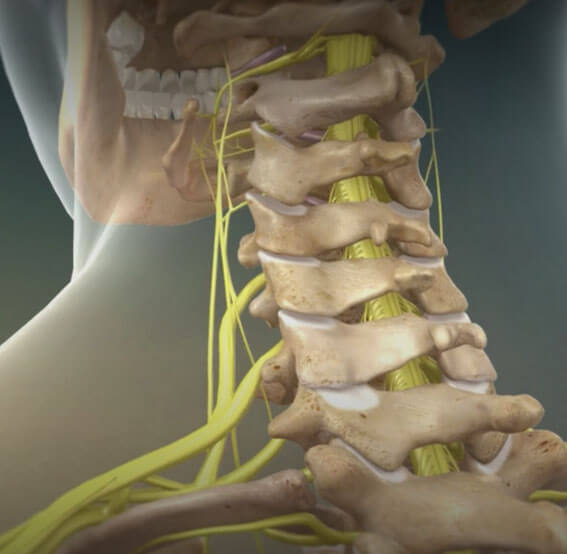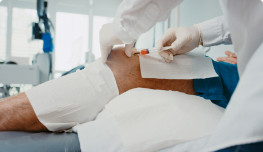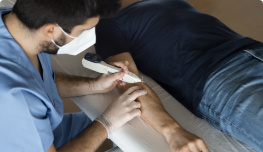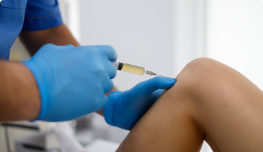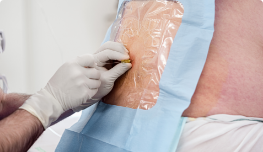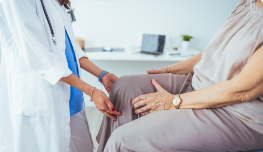Joint Pain Treatment in Central New Jersey
Joint pain is a common complaint associated with discomfort and soreness in knees, hips, elbows and shoulders. Apart from pain, you might also experience swelling, stiffness and limited range of motion in the affected joint. Without treatment, joint pain will often get worse over time, resulting in even more pain and immobility. Fortunately, plenty of treatment options are now available to help people suffering from joint pain, including a wide variety of minimally invasive surgeries and advanced non-surgical procedures.
This joint pain can originate from any part of a joint, including the ligaments, cartilage or bone, and may occur alongside swelling, stiffness and limited range of motion. Without treatment, joint pain will often get worse over time, resulting in even more pain and immobility.
Jump To:
- What Types of Joint Pain Occurs?
- Why Does Joint Pain Occur?
- How is Joint Pain Diagnosed?
- How Is Joint Pain Treated?
- Interventional Treatment Options
Types of Joint Pain
Joint pain can occur anywhere in the body where two or more bones form a mobile connection. Some examples include the knee, shoulder, hip and elbow. Additionally, joint pain can manifest differently for each person, occurring alongside the loss of motion, redness, swelling, stiffness or weakness at the joint. The location of the joint pain and the associated symptoms will often determine the type of treatment pursued by a specialis
